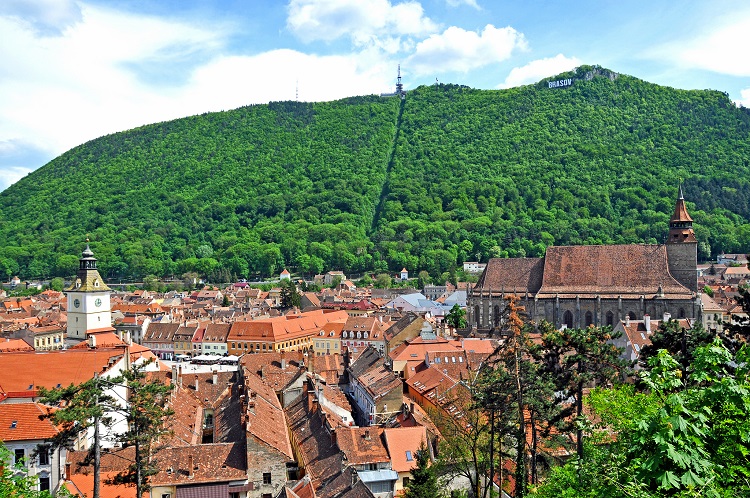The EBRD launched at the end of June its so-called Green Economy Financing facility (GEFF) for Romania, comprising €100 million in funding. The GEFF is based on the bank’s framework aiming to help Romanian households invest in energy efficiency, renewable energy and water-saving solutions.
A main component of the framework targets energy efficiency improvements for Romania’s residential buildings, of which the majority were built between 1960 and 1990 with very low thermal insulation. Therefore, the new financing facility is a tool that allows access to finance aiming energy efficiency investments.
However, an EBRD spokesperson told pv magazine that the new framework also includes measures for solar PV installations.
Specifically, the spokesperson said, a Romanian household may borrow for a residential PV investment for systems that meet the technical criteria of having at least 14% electrical efficiency. This criteria follows the GEFF’s performance standards for eligible technologies.
Follow this link, for a list of the technologies supported by the new financing facility.
Furthermore, the EBRD added, “a manufacturer, supplier or installer of PV for residential customers may take a business loan if determined to be technically eligible after a free assessment by the consultant hired as part of GEFF.”
It is important to stress, though, that the specific decisions about lending are taken by the participating financial institutions (e.g. banks) in the GEFF. Currently, the only institution participating in the framework is Banca Transylvania. However, with the EBRD’s support more Romanian banks are expected to develop green-economy products that will best suit their customers’ needs.
First serious effort for rooftop PV in Romania
The new Romanian framework from the EBRD is important because it is the only effort that currently exists in the country for the development of PV rooftops.
Romania does now have any net metering or self-consumption scheme in place. As a result, any excess energy generated by the PV systems installed via the EBRD framework cannot be injected into the grid. The generated electricity can only be used for self-consumption.
For a power unit to inject energy into the electricity grid, it must have a producer license from the National Regulatory Authority for Energy (ANRE), which is complicated to obtain in Romania, said Andrei Dungaciu of the Romanian Photovoltaic Industry Association (RPIA). A solution is to store any excess electricity generated by the household PV panels to batteries, Dungaciu told pv magazine.
Battery storage units are not currently included in the GEFF list of eligible technologies, but the EBRD writes “the Technology Selector is an open list, and adding technically eligible items is free. If you know of an item that meets these technical criteria but is not yet on the list, you may add it,” and provides a link to do so. Therefore, the EBRD framework may very well allow loans for storage facilities too.
Overall, according to official figures released by the country’s grid operator Transelectrica, Romania had a cumulative installed PV capacity of 1371,521 MW on 1st January 2017, which consists of large-scale ground mounted plants.
This content is protected by copyright and may not be reused. If you want to cooperate with us and would like to reuse some of our content, please contact: editors@pv-magazine.com.



2 comments
By submitting this form you agree to pv magazine using your data for the purposes of publishing your comment.
Your personal data will only be disclosed or otherwise transmitted to third parties for the purposes of spam filtering or if this is necessary for technical maintenance of the website. Any other transfer to third parties will not take place unless this is justified on the basis of applicable data protection regulations or if pv magazine is legally obliged to do so.
You may revoke this consent at any time with effect for the future, in which case your personal data will be deleted immediately. Otherwise, your data will be deleted if pv magazine has processed your request or the purpose of data storage is fulfilled.
Further information on data privacy can be found in our Data Protection Policy.